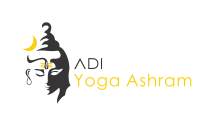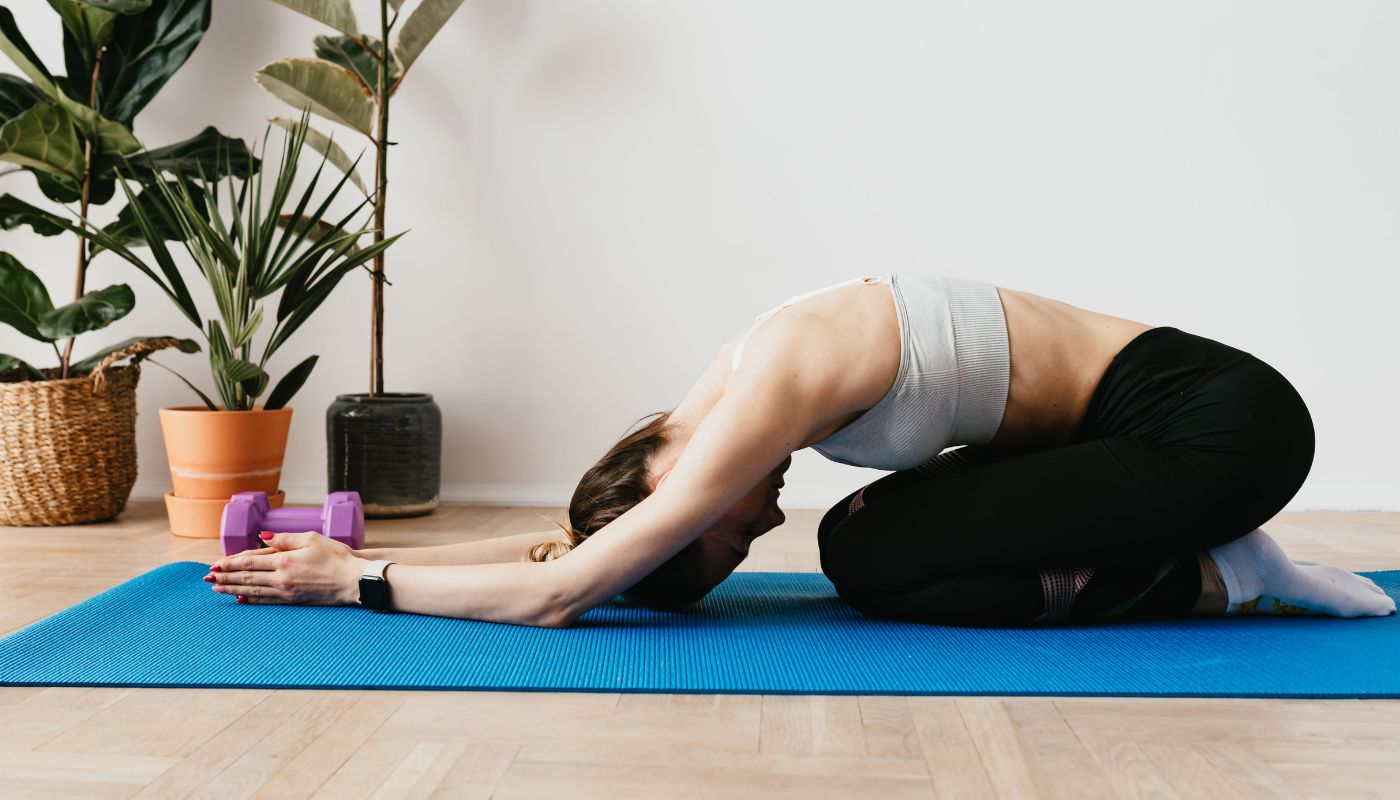Balasana (Child Pose): How to do It, Benefits and Precautions
Balasana, or Child’s Pose, is a classic restorative posture in yoga, known for its soothing and nurturing qualities. Deriving its name from the Sanskrit words ‘bala’ (child) and ‘asana’ (pose), Balasana mimics the natural, fetal position of a child, offering a sanctuary of comfort and calm in the midst of a strenuous yoga practice. This pose is more than just a pause between challenging asanas; it is a deep stretch that rejuvenates the body and mind, allowing practitioners to internalize and reflect. Balasana is accessible to beginners yet remains a fundamental part of even the most advanced yoga routines, reflecting its profound benefits and versatility.
Instructions
- Begin by kneeling on a yoga mat. Bring your big toes together until they touch, and sit back on your heels. Spread your knees about hip-width apart or wider if more comfortable.
- Inhale deeply, and as you exhale, slowly fold forward from your hips, extending your torso between your thighs. Your chest should rest between or on top of your thighs, depending on your flexibility.
- Stretch your arms forward on the floor with palms facing down, extending from your shoulders. This elongates the back and provides a gentle stretch along the spine.
Alignment Points:
- Ensure your hips remain on or very close to your heels throughout the pose to avoid lifting them away from the heels, which might strain the lower back.
- Keep your forehead gently resting on the mat, which helps in relieving tension in the head and neck. If the forehead cannot comfortably reach the floor, use a yoga block or folded blanket for support.
- Allow your shoulders to relax downwards, away from your ears, releasing tension across the shoulder blades.
Check Out yoga teacher training in rishikesh
Holding the Pose:
Breathe deeply while in Child’s Pose, focusing on relaxing deeper into the posture with each exhale. You can hold Balasana for anywhere from 30 seconds to a few minutes, depending on your comfort and the flow of your practice.
Benefits of Child’s Pose (Balasana)
- It stretches the hips, thighs, and ankles while reducing stress and fatigue. It also gently relaxes the muscles on the front of the body while softly stretching the muscles of the back torso.
- The forward fold of Balasana helps calm the mind and alleviates stress and anxiety, making it an excellent pose for cooling down after intense sessions.
- The compression of the abdomen against the thighs in Child’s Pose can help in relieving digestive discomfort and stimulating the organs.
Contraindications
- While Balasana is a gentle and safe pose for most practitioners, there are some contraindications to be aware of:
- Those with knee injuries or severe discomfort in the knees should avoid this pose or modify it by placing a cushion between the calves and thighs.
- Pregnant women should widen their knees to make room for their belly, ensuring there is no compression on the abdomen.
- Individuals with high blood pressure should approach this pose with caution and possibly avoid it altogether.
To summarize
Balasana, with its profound simplicity and depth, holds the essence of returning to one’s roots and rejuvenating from within. This pose is not just about physical rest but also about mental and emotional rejuvenation, allowing practitioners to reconnect with their inner peace in the humblest of postures. As you incorporate Child’s Pose into your practice, let it be a reminder of the restorative power of returning to simplicity and giving yourself a moment of peace in the chaos of daily life. Balasana teaches us that sometimes, the most profound growth comes from quiet introspection and surrender.
for more info about child pose you can join 200 hour yoga teacher training in rishikesh and 300 hour yoga teacher training in rishikesh



